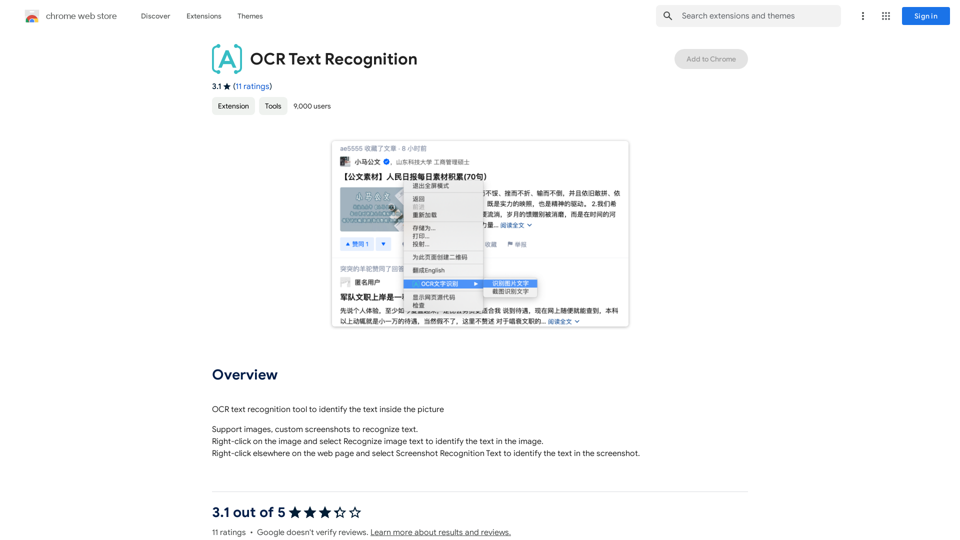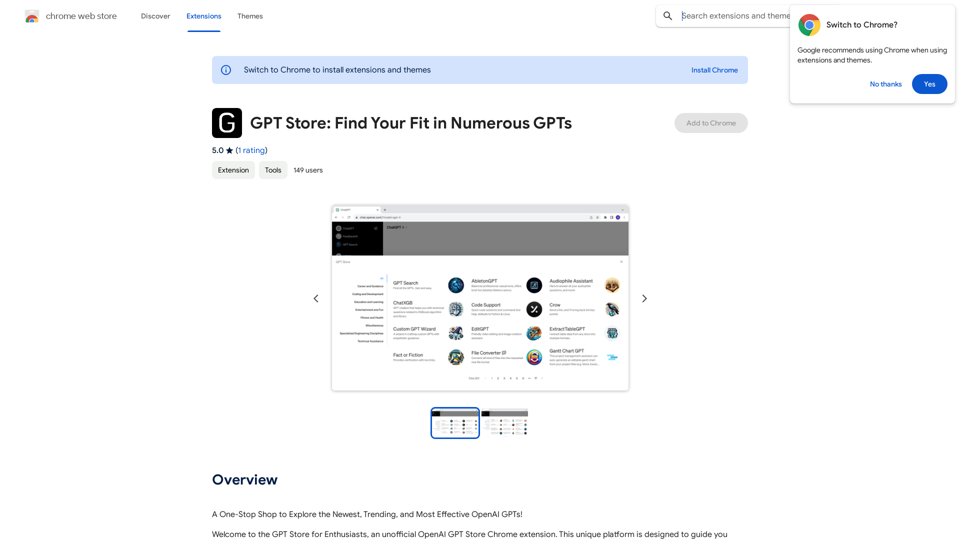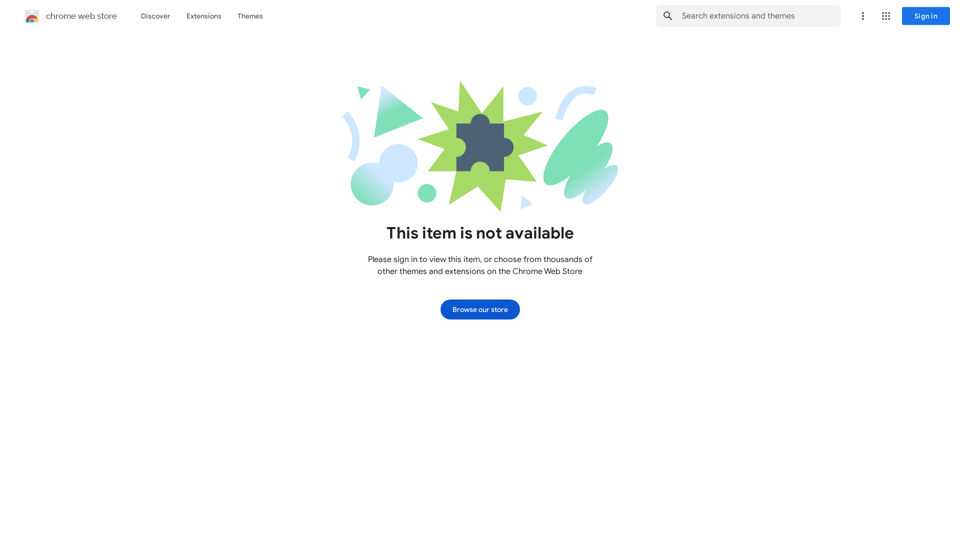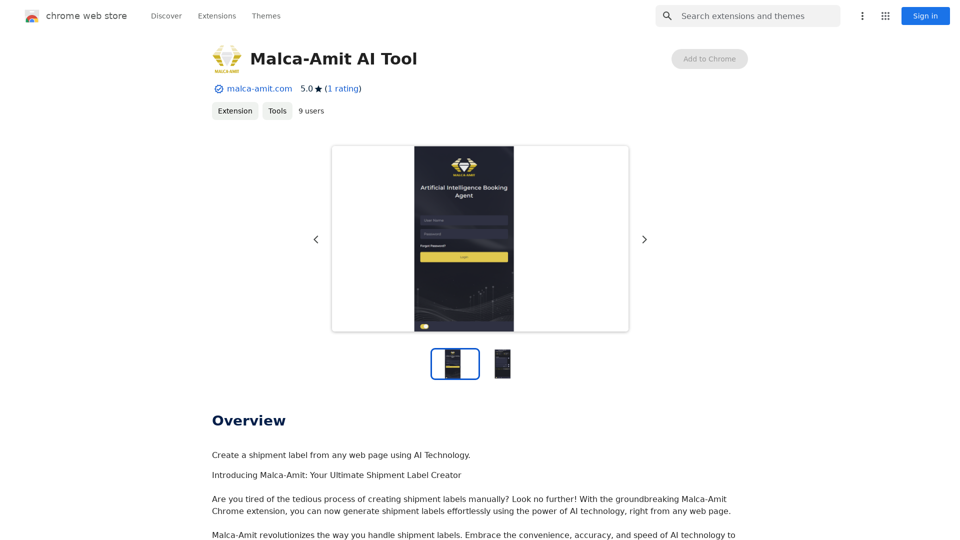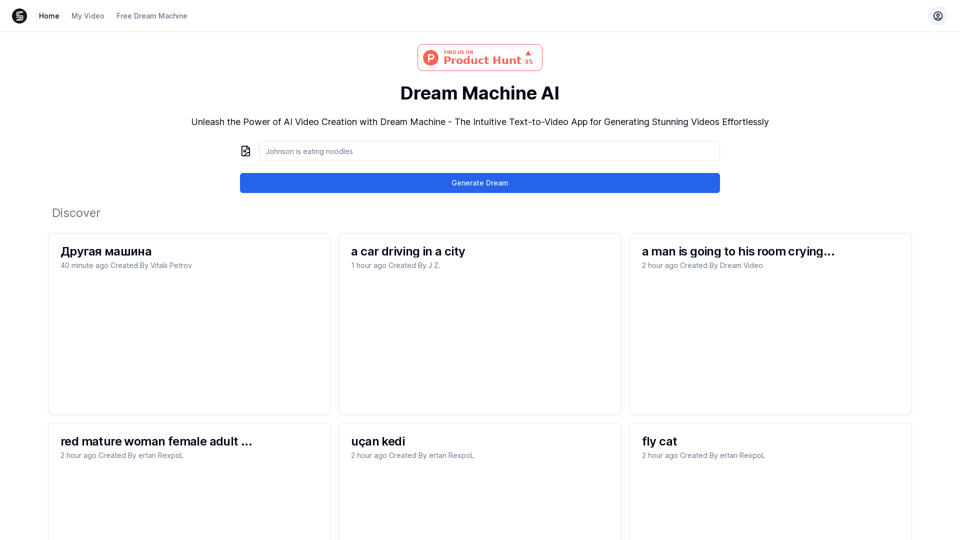Qquest is an innovative app that leverages generative AI to revolutionize data querying. It transforms complex data interactions into simple, conversational exchanges, making information access and utilization more efficient for both professional and personal use. Qquest supports various file formats and offers easy-to-use query features, enhancing productivity and decision-making processes.
Quest
Find information fast.
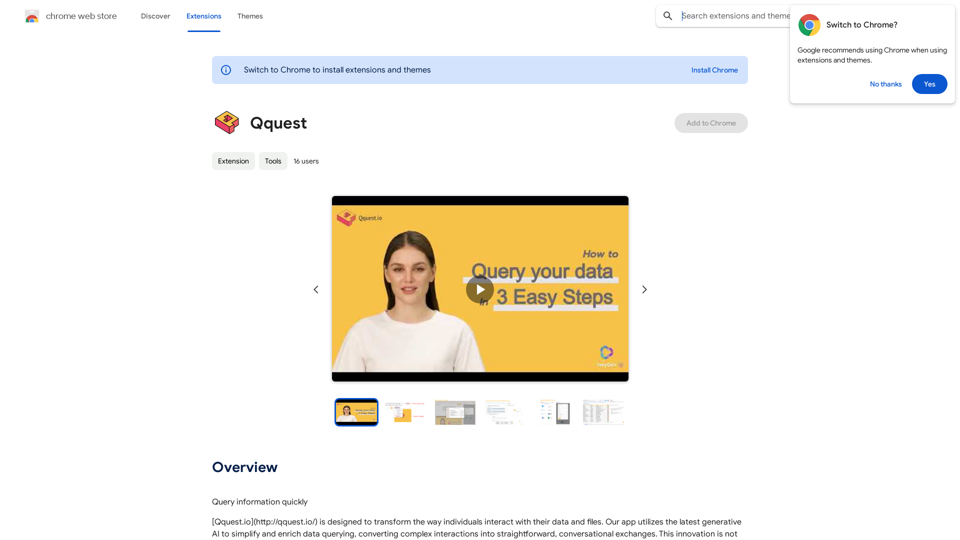
Introduction
Feature
AI-Powered Data Querying
Qquest employs cutting-edge generative AI technology to simplify and enrich data querying, making information access and utilization effortless.
Wide File Format Compatibility
The app supports a range of file formats, including:
- PDFs
- CSVs
- TXTs
- Complex databases
User-Friendly Interface
Qquest features a conversational interface that eliminates the need for complex queries, making data interaction intuitive and straightforward.
Productivity Enhancement
By organizing data and facilitating easy queries, Qquest boosts daily productivity and aids in decision-making processes.
Free to Use
Qquest is available at no cost, with no subscription fees or hidden charges, making it accessible to all users.
FAQ
What is Qquest?
Qquest is an innovative app that utilizes generative AI to simplify and enrich data querying, converting complex interactions into straightforward, conversational exchanges.
How do I use Qquest?
Using Qquest is simple:
- Download the app
- Start accessing your data and files immediately
- Begin with simple queries to familiarize yourself with the interface
- Explore different file formats supported by the app
- Utilize the AI-powered features for enhanced data querying
What are the benefits of using Qquest?
The key benefits include:
- Improved productivity through easy data organization and querying
- Enhanced efficiency with AI-powered data access and utilization
- Time and effort savings through the conversational interface
- Versatility in handling various file formats
Latest Traffic Insights
Monthly Visits
193.90 M
Bounce Rate
56.27%
Pages Per Visit
2.71
Time on Site(s)
115.91
Global Rank
-
Country Rank
-
Recent Visits
Traffic Sources
- Social Media:0.48%
- Paid Referrals:0.55%
- Email:0.15%
- Referrals:12.81%
- Search Engines:16.21%
- Direct:69.81%
Related Websites
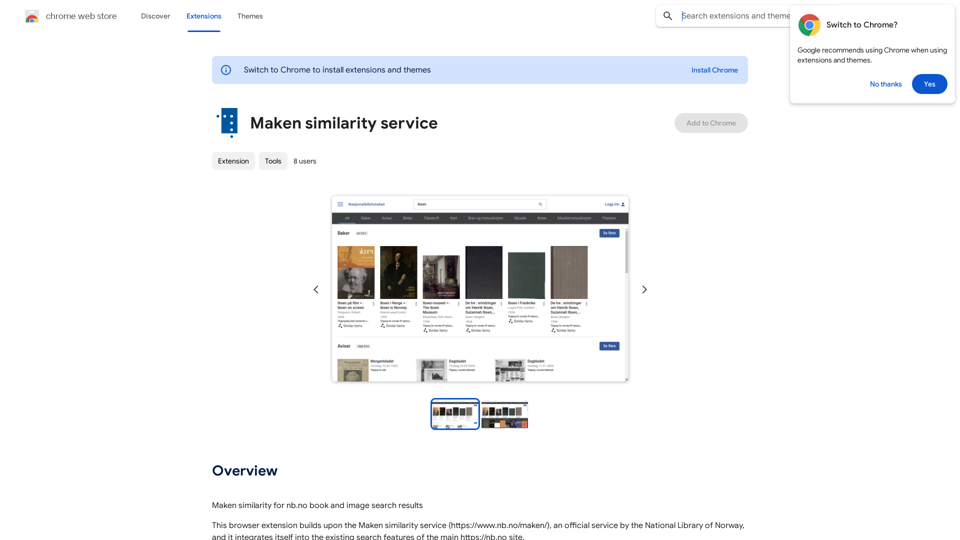
Comparing Similarity for nb.no Book and Image Search Results Let's explore how to measure the similarity between: * Book search results from nb.no (the Norwegian National Library) * Image search results from various sources This comparison can be valuable for understanding: * How well visual representations match textual descriptions. * Potential for using images to enhance book discovery. * Developing new search functionalities that combine text and image data. We can use various techniques to assess similarity, including: * Textual Similarity: Analyzing the keywords, topics, and overall content of book descriptions and image captions. * Visual Similarity: Comparing the visual features of images using algorithms like convolutional neural networks (CNNs). * Hybrid Approaches: Combining textual and visual similarity measures for a more comprehensive evaluation. By comparing similarity scores across different methods, we can gain insights into the strengths and weaknesses of each approach and identify the most effective way to connect books and images.
193.90 M
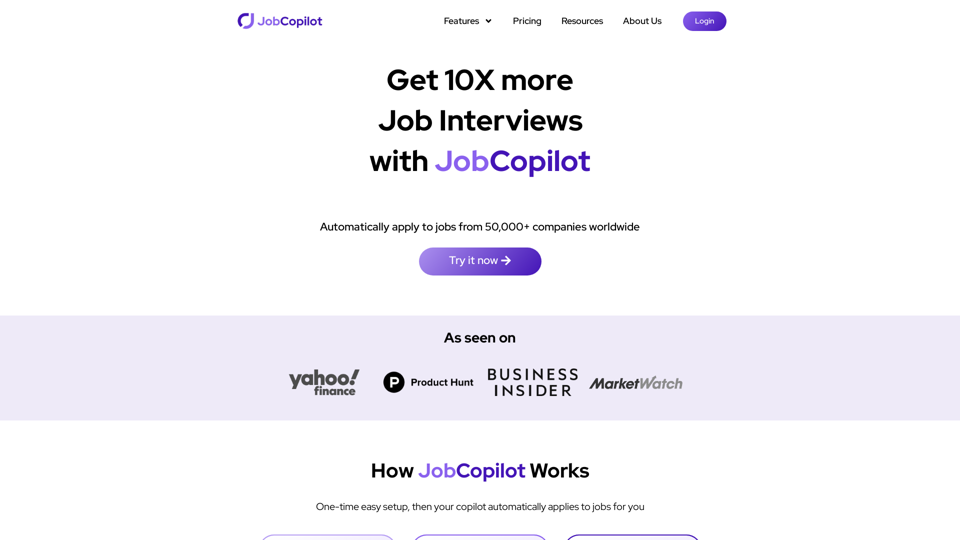
Get 10X more Job Interviews with JobCopilot. Automatically apply to jobs from 50,000+ companies worldwide. Try it today!
576.84 K
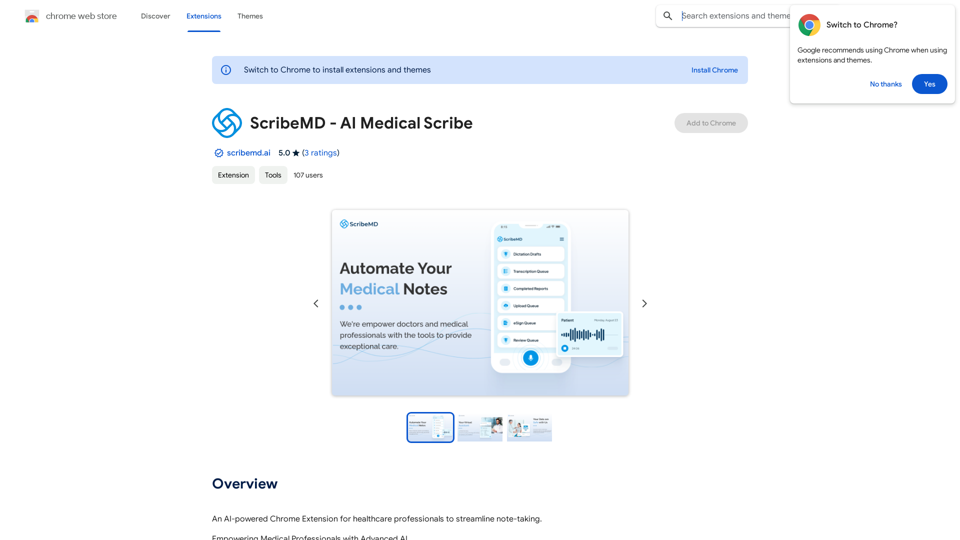
A Chrome extension powered by artificial intelligence, designed for healthcare professionals to make note-taking easier and more efficient.
193.90 M
